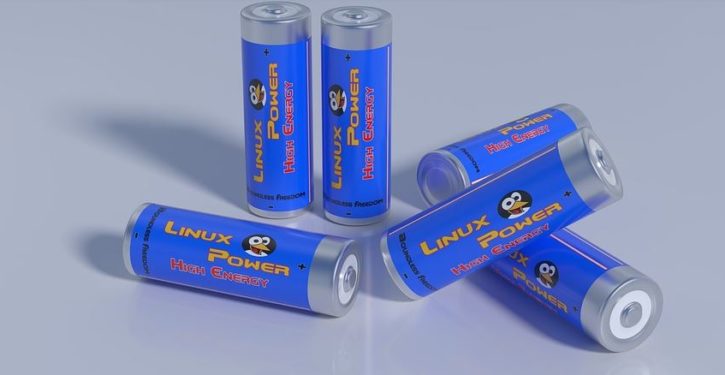
A company in New Zealand, “Aspiring Materials, has developed a patented chemical process that produces multiple valuable minerals from” low-value “olivine, leaving no harmful waste behind. Perhaps most interesting to the energy sector is the rarest of its products—hard-to-source nickel-manganese-cobalt hydroxide that is increasingly required for lithium-ion battery production,” reports IEEE Spectrum. “Olivine is a rather unassuming rock. Olive brown to yellow green in color, this hard yet brittle mineral is thought to be the most abundant in Earth’s upper mantle. Chemically, olivine is magnesium iron silicate, though it contains other elements too. Economically, it’s close to worthless….At some mining sites, olivine is a waste product, stored in piles on the surface.”
But the new chemical process produces value out of olivine: “About 50 percent of what the process makes is silica that can be a partial replacement for Portland cement, the most common variety of cement in the world. About 40 percent is a magnesium product suitable for use in carbon sequestration, wastewater treatment, and alloy manufacturing, among other things. The final 10 percent is a mixed metal product—iron combined with small quantities of a nickel-manganese-cobalt hydroxide. The battery industry calls it NMC, and it is the go-to material for high-power applications…at the end of the extraction process, they’re left only with a salty brine.”
In other news, a Japanese battery maker says it has come with a battery that will have 100 times the capacity of its current battery, due to radically higher energy density. Such increases in energy density are needed for electric cars and other battery-powered devices. Most electric cars have to be recharged after 200 miles or less of driving, because of limits on how much energy their batteries can store. That’s even with a big battery that takes up a lot of space in the car.
A strange compound used to treat cancer can extract rare-earth metals from old batteries, computers, and TVs.
“Researchers say they have found a way to heat and compress hair and wool and turn it into graphite, paving the way for Australia to become a key producer of lithium batteries for storing renewable energy,” reports the Australian Broadcasting Corporation.
Artificial intelligence recently discovered a new substance that could reduce lithium use in batteries. Microsoft said that the new “material, unknown to us and not present in nature” could potentially reduce lithium use in batteries by up to 70% and “have tremendous environmental, safety, and economic benefits.”
Researchers also discovered how to make lithium-fee sodium-ion batteries. That could reduce the need for lithium, by data centers and EV charger backup storage units.



